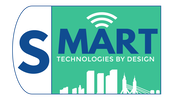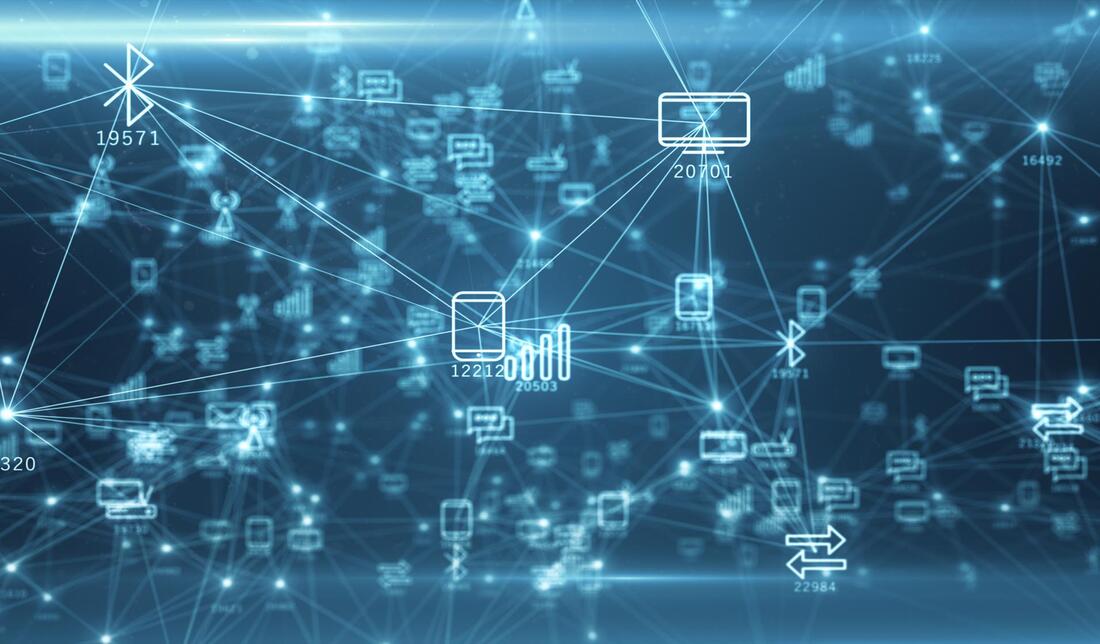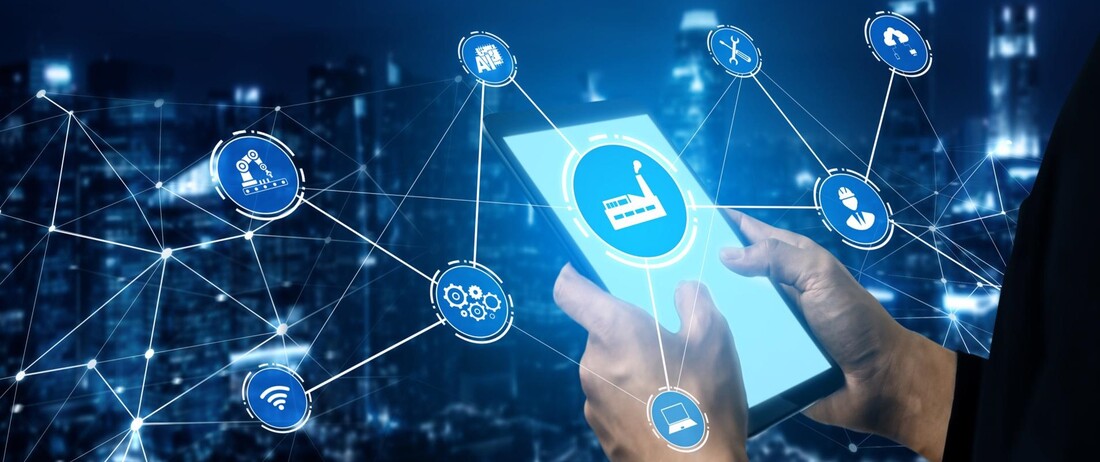|
This article is a continuation of the series of articles for disruptive technologies for smart cities we started publishing in April, 2020. It is a result of the ongoing Erasmus+ project Smart technologies by design (Smart by Design) and is based on the outputs produced by the project partners led GAIA & DEUSTO and ARIES T. Current SituationCyber-physical systems or CPS involve the merging of computing, storage and communication capabilities with capabilities of monitoring and control of physical elements. That is to say, endow physical objects with “intelligence” so that they can interconnect. As they are interconnected to each other they employ the global digital networks to monitor, control, and use the information that is available in the virtual world, and even learn, cooperate, and evolve. This sort of technologies have a wide range of uses and may be used in most sectors (manufacturing, power, health, smart cities, transport, etc.). A cyber-physical system is made up of objects, electronics and software. There are two types of objects that connect CPS to the outside world: sensors that collect and process data and actuators: which control the systems. The services connected to the internet use the data obtained and send commands to the actuators which then perform the appropriate actions (Derler. P, et al 2012). While IOT (Internet of Things) are individual objects that offer services over the internet, CPS systems are able to interpret the physical elements and interact creating smart environments. Existing Platforms
Existing StandardsThe National Institute of Standards (NIST) is working to create a draft version of framework for cyber-physical systems (CPS). This framework has been created to establish a basis with which CPS may be developed, designed and built to work with other smart systems. The framework has been developed with a two-year period by a working group (public-private) with information from various interest groups, including government agencies and telecommunication, ICT and transport sectors. Traditional standards such as ISO-29002 have been complemented with open standards from the Internet world managed by the Internet Engineering Task Force (IETF) as in the case of Uniform Resource Identifier (URI). Key ApplicationsCPS systems are used to connect a physical element to a digital element in order to improve performance and efficiency. They are ever increasingly common within the industry and in production processes along with the Internet of Things (IoT). At present, there are many uses of CPS, such as (Obradors, M. 2016):
Expected Evolution Over TimePlatformsWhen we speak of the fourth industrial revolution, we say that it will be based on cyber-physical systems, IOT and services. Hence, work will be done on the development of platforms in these areas. Industrial assistance systems based on CPS will be needed to attract, help and train the next generation of workers in smart factories. Systems such as dual or augmented reality will identify workflows and accelerate the learning of new production processes and will allow manufacturing to be done at any place. The products must be reproducible within the whole ecosystem of the factory, so that anything can be done at any place. That is to say, there will be greater flexibility in terms of resource capacity. With the use of smart capabilities in real time functions with sensors at all levels of the factory and production cycles, manufacturers will be able to see whatever is happening in the production lines of the company at all times. Quick decision-making capacity will grow ensuring greater quality and flexibility. In this regard, cyber-physical systems will be key offering connectivity and interaction between machines within the production processes. StandardsResearch on standards is being conducted at many laboratories such as NIST, including programmes in advanced manufacturing, cybersecurity, structures and buildings, disaster resilience and smart grids. The design and development of a CPS test bench to characterise CPS equipment, systems, performance and standards is key to progress. Potential ApplicationsNew applications for CPS systems along with IoT especially in the field of Industry 4.0 will continue to appear. It is expected that the production hierarchy that has been in use until now be transformed into a “decentralised self-organisation”. The production plants will gain flexibility and will be much more independent while all systems within the production will be interconnected and will “learn” from each other.
Once they are integrated into smart electricity grids, it is expected that they will control the generation and distribution of electricity in the near future. Work will also continue on improving traffic safety, reducing CO2 pollution. Author KISMC |
AuthorSmart by Design Archives
September 2021
Categories
All
|
|
The SMART by Technologies Design project [SMART by Design] Project No. 2019-1-BG01-KA202-062298 has been co-funded by the Erasmus+ Programme of the European Union.
This website reflects the views only of the author, and the European Commission cannot be held responsible for any use which may be made of the information contained therein |
SMART BY DESIGN |
SUPPORT |
Copyright ®2020 SMART BY DESIGN. All rights reserved.



 RSS Feed
RSS Feed
